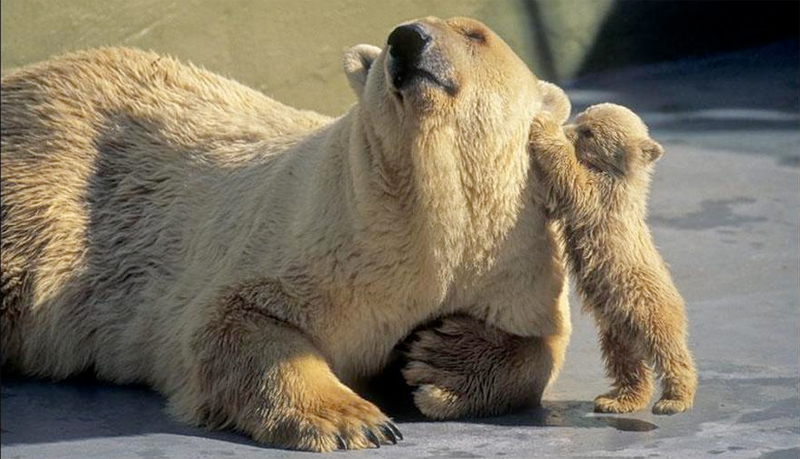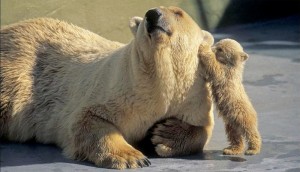Communication: what can we learn from animals?


All living organisms communicate, in ways appropriate to each species, transferring information relating to food supplies or warning of impending dangers thus serving the survival of the group or colony.
The communication channels and media used include pheromones which are communication hormones or other types of chemical signalling, dancing, vocal expressions and body language among monkeys, felines and canines.
For humans the communication process involves more intricate verbal as well as non-verbal and written messages and relies less on pheromones, chemicals and body language as is the case in the lower rungs of the phylogenetic scale.
Enter Dr Dolittle
You may be familiar with Hugh Lofting’s book “The Story of Dr Dolittle”, first published in 1920, or one of his other books. You may also have seen the 1967 film titled Doctor Dolittle, starring Rex Harrison and a cast that included, among others, Samantha Eggar, Anthony Newly and Richard Attenborough, or the 1988 film starring Eddie Murphy as a doctor who accidentally discovers that he can understand and talk to animals.
Ants and bees
Socio-biologist Edward O. Wilson, a noted myrmecologist (the person who studies ants), has noted in his book “The Ants” co-authored with Bert Hoelldobler that ants communicate by the use of a variety of pheromones in informing other ants where food may be found as it leaves a ‘pheromone path’ leading them to the food reservoir.
[bookboon-book id=”1ef9ee6d-c5dd-4308-807d-a2110105bea6″ title=”Read more about communication in this eBook” button=”Download now”]
Karl von Frisch, the Austrian ethologist, acclaimed as one of the World’s most noted authorities on bee culture, shared the 1973 Nobel-prize in Physiology-Medicine with Konrad Lorenz and Nikolas Tinbergen for his life work. He noted that bees who have located a food supply, upon returning to the beehive, do a “waggle-bee-dance” giving other forager bees information on distance and direction. Contrary to the ants, the communication process based solely on “pheromones” would not suffice as bees fly, they don’t walk.
Sir Patrick Bateson, the noted British biologist-ethologist, has added to the “waggle-bee-dance” of Karl von Frisch the dimensions of light and darkness and the angle in which other bees perceive the returning foragers’ dance enabling them to locate the food reserve.
Alerting monkeys on a tree
Dorothy Cheney and Robert Seyfarth concentrated their efforts on the “alarm calls” vervet monkeys make in “informing and alerting” other members of their group sharing the same habitat of an approaching predator.
The “guard-vervet” produces a low grunt in response to eagles, a high chutter in response to snakes and a rather pure tone in response to leopards. The researchers were able to verify with monkeys kept in a zoo that each type of sound elicits in the “receivers” of the message appropriate avoidance behaviour to oncoming danger.
Charles Darwin and modern managers
Charles Darwin writing on “The Expression of the Emotions in Man and Animals” brought forth the ability of all mammals to communicate using body language.
Modern writers argue that we should pay some attention, to the non-verbal aspects of communication, which are present in the body language used by humans.
Businessmen, HR managers and other management personnel are fascinated and magnetized by the promise that they can learn to decipher, to decode and understand the messages a sender delivers to them unintentionally through the subconsciously dictated use of bodily motions i.e. non-verbal communication symbols conveyed by body language.
Understanding body language would help managers to determine that messages business associates, colleagues and subordinates send may carry very different meanings than the verbal or printed messages these persons emit.
All managers should become modern Dr Dolittles!
[bookboon-recommendations id=”1ef9ee6d-c5dd-4308-807d-a2110105bea6″ title=”You might also find these books interesting”]



